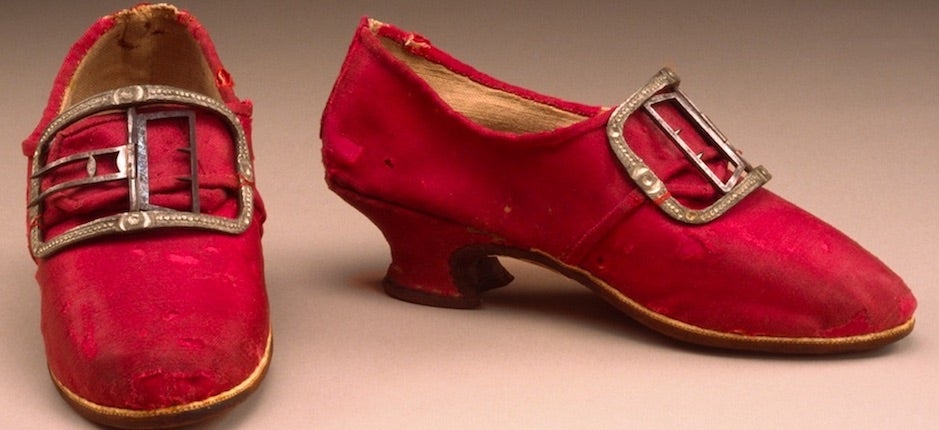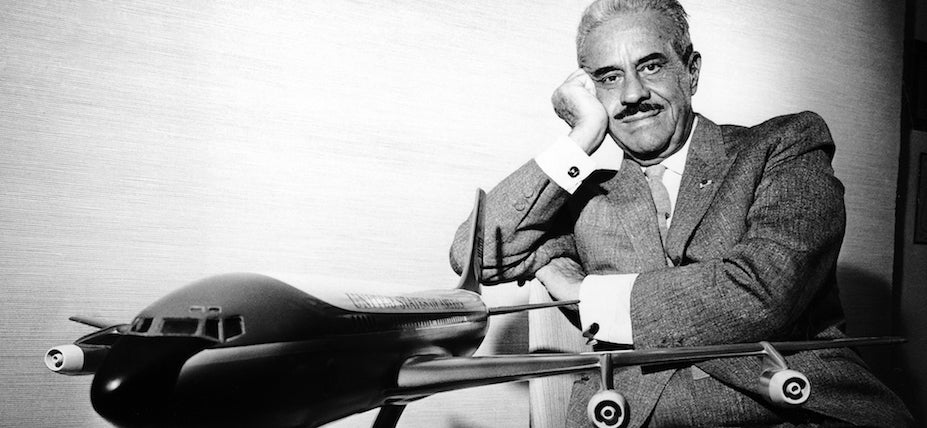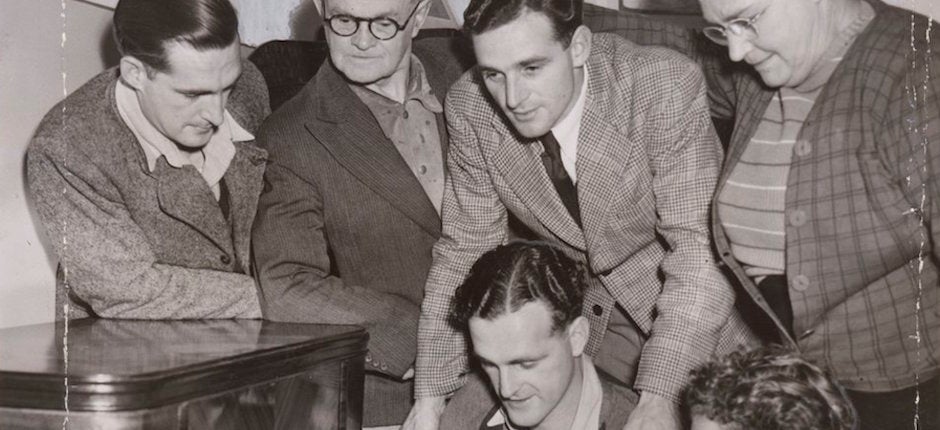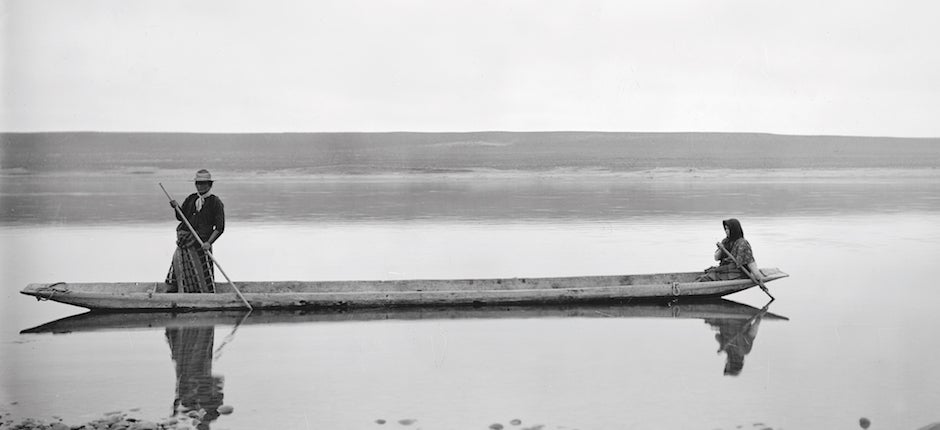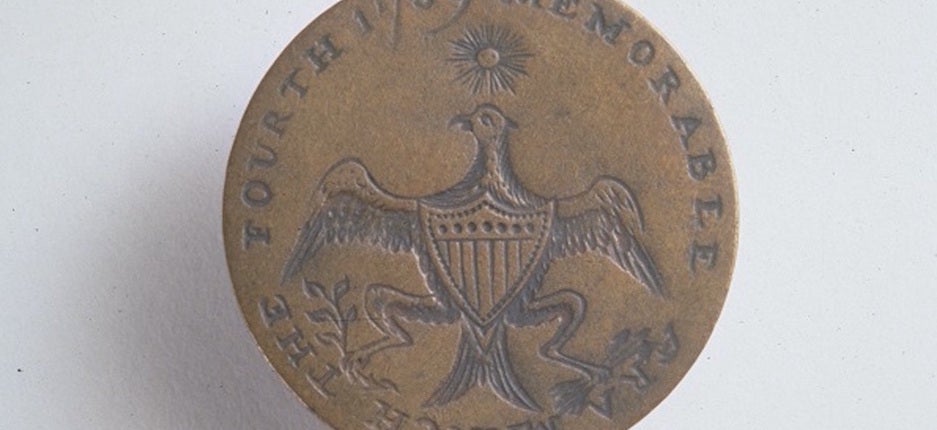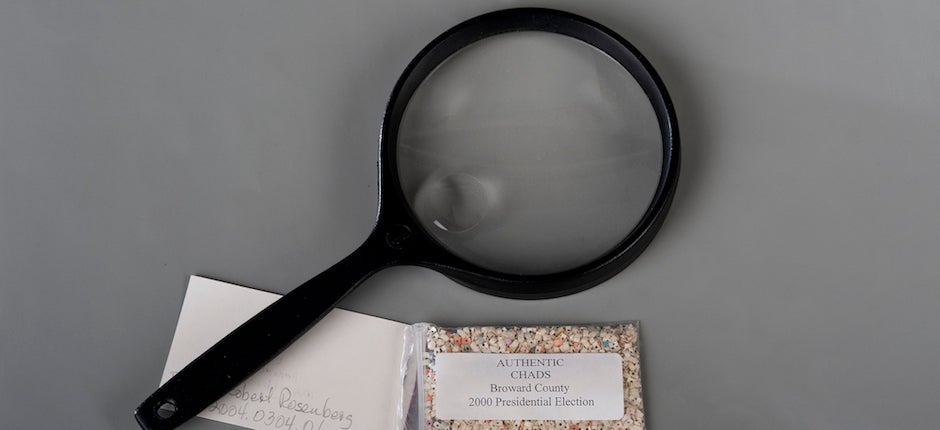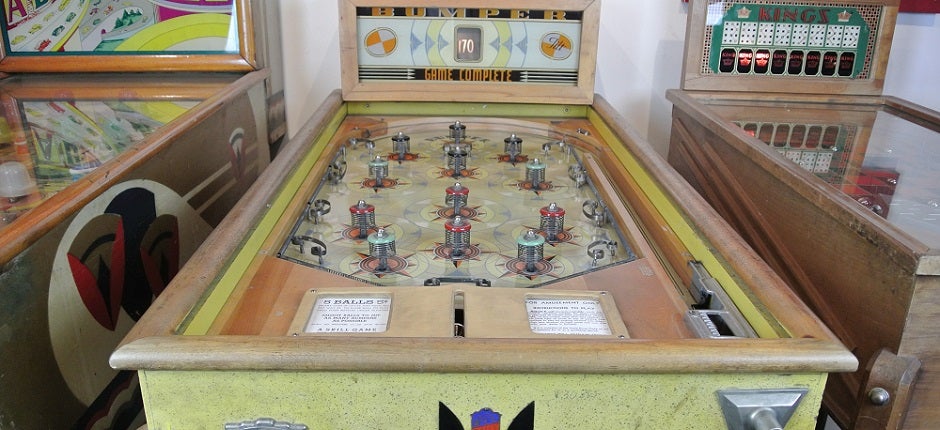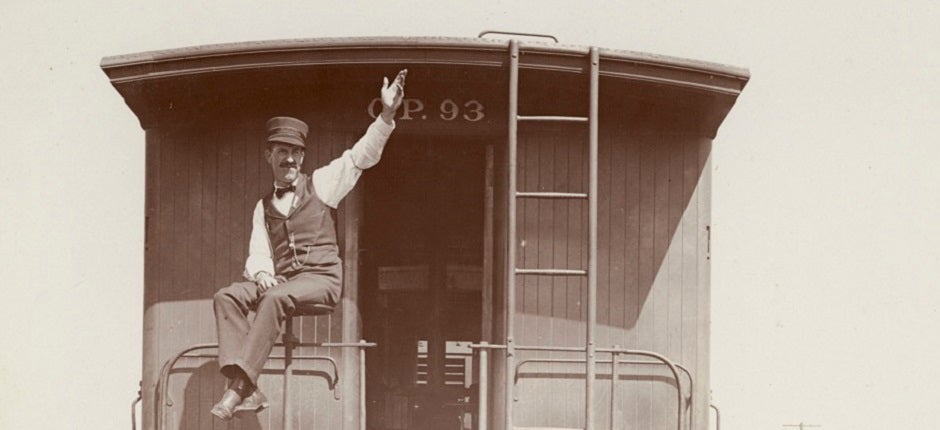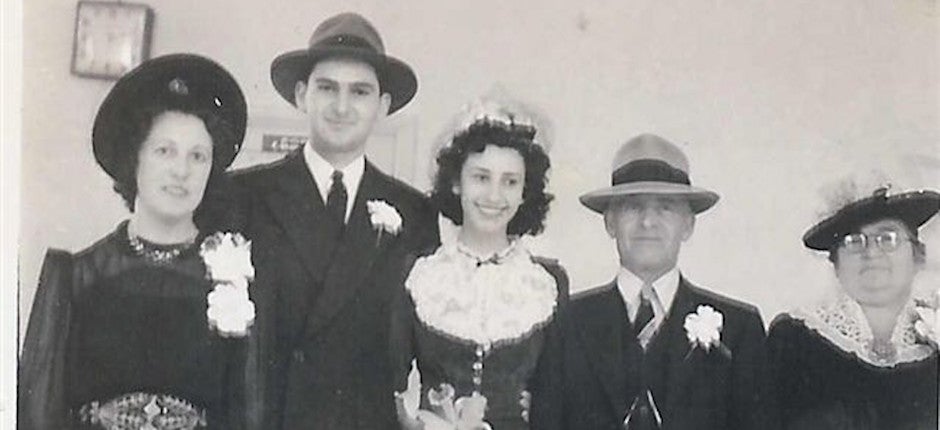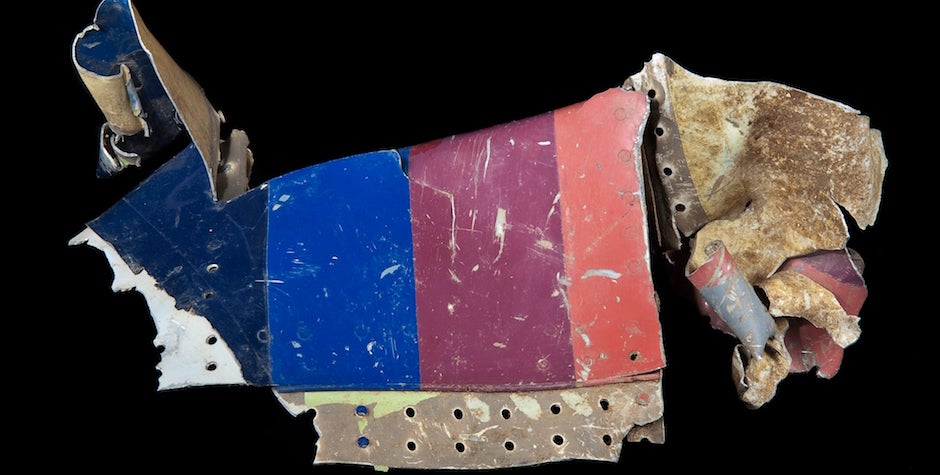The Woolen Shoes That Made Revolutionary-Era Women Feel Patriotic
Calamanco Footwear Was Sturdy, Egalitarian, and Made in the USA
If you were a wealthy or middle-class woman living in British America around the time of the Revolution, you probably owned a pair of calamanco shoes. Like sneakers or black pumps today, calamancos were the everyday footwear of early American life: practical clothing items that can reveal a great deal about the day-to-day lives—and aspirations—of their owners.
But first, what was calamanco, this special item coveted by women of wealth and women of the middling sort? Calamanco (also spelled callimanco, …


